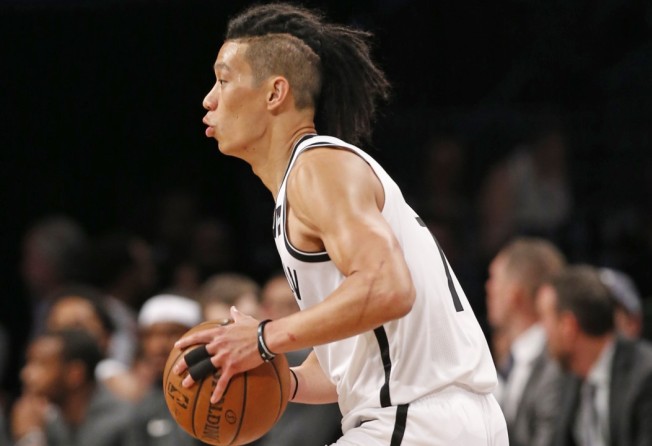Reflections | Why Jeremy Lin’s dreadlocks should not be viewed as cultural appropriation
Former NBA player Kenyon Martin may not have approved the American’s new hairdo but cultural expressions – be it fashion, music or art – do not belong to any one race or country

Jeremy Shu-How Lin, the first American of Han-Chinese descent to play in the National Basketball Association, was recently criticised by former NBA player Kenyon Martin for sporting dreadlocks. Martin, an African-American, excoriated Lin for “cultural appropriation”.
It may come as a shock then for Martin to discover that the quintessentially African-American music genres hip hop and rap are so popular in mainland China now that the country has its own hip-hop bands and rappers. Artistes with names such as Higher Brothers, Fat Shady and Kafe Hu are the breakout stars of the current Chinese hip hop (xiha in Mandarin) and rap scene.
Print option is available for subscribers only.
SUBSCRIBE NOW